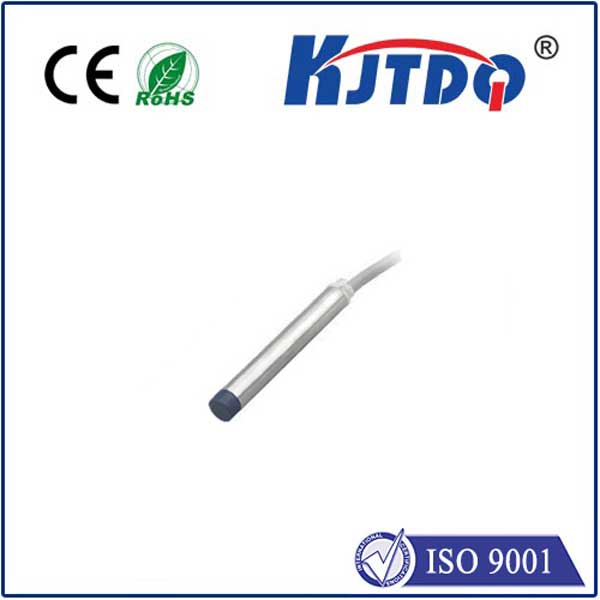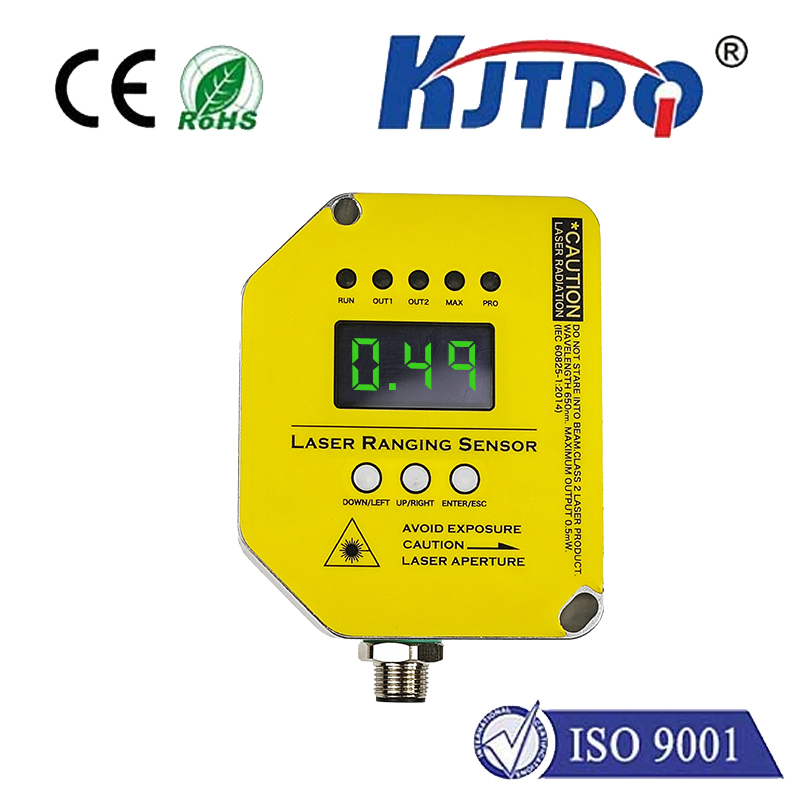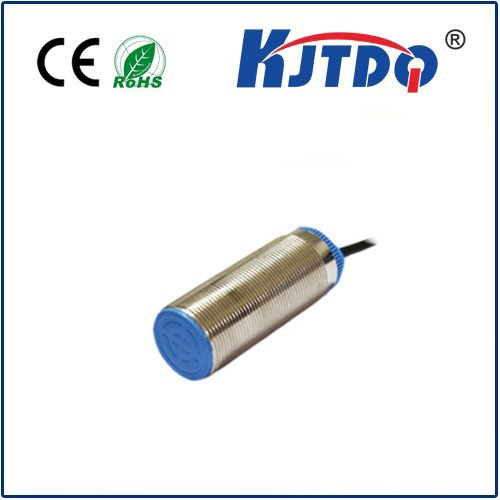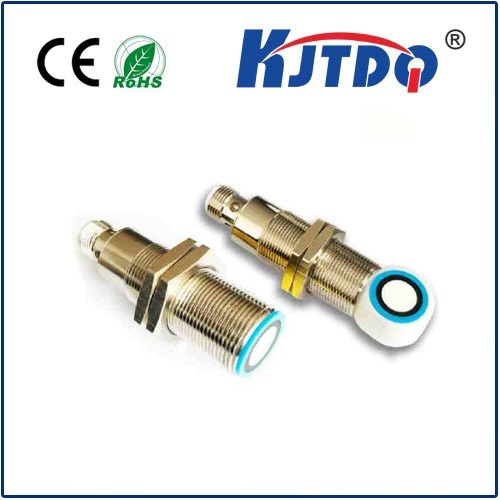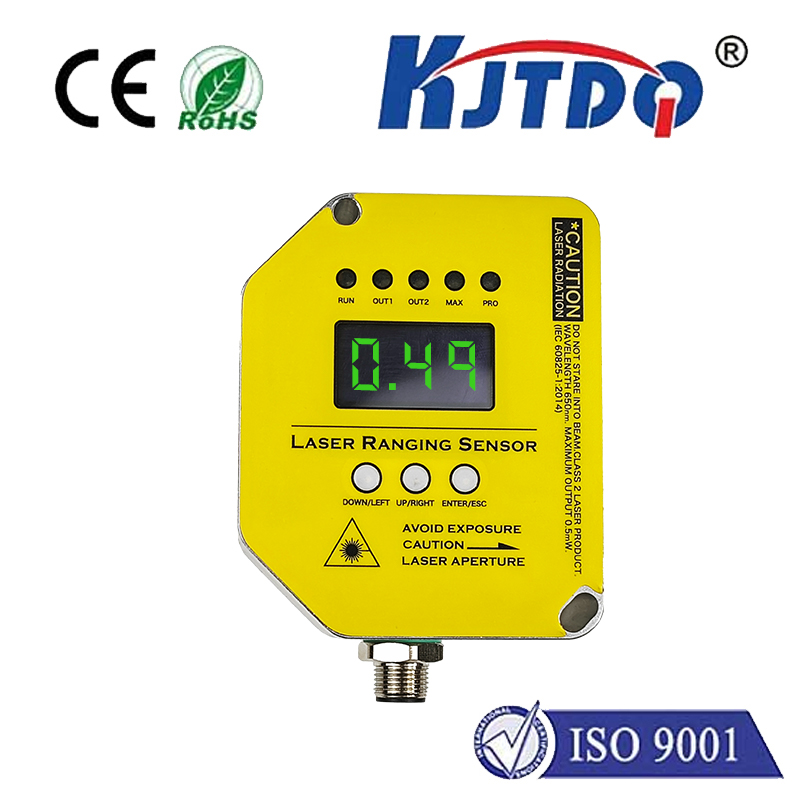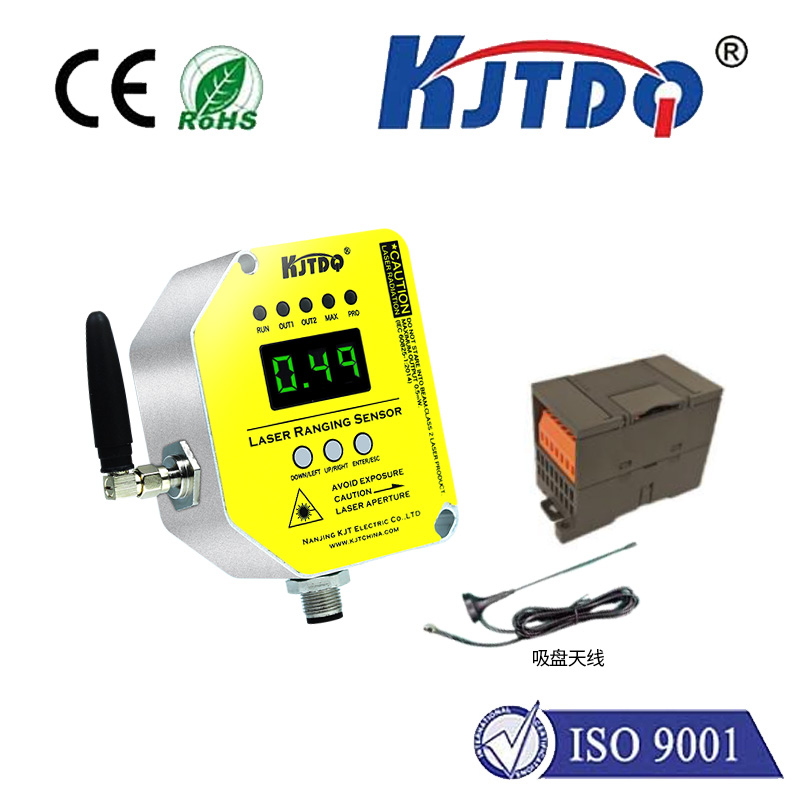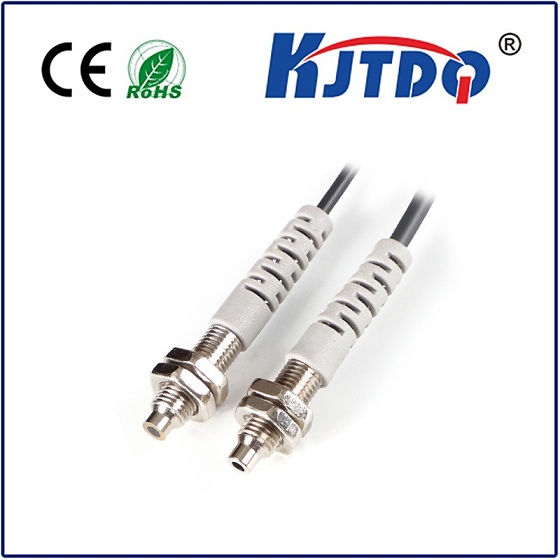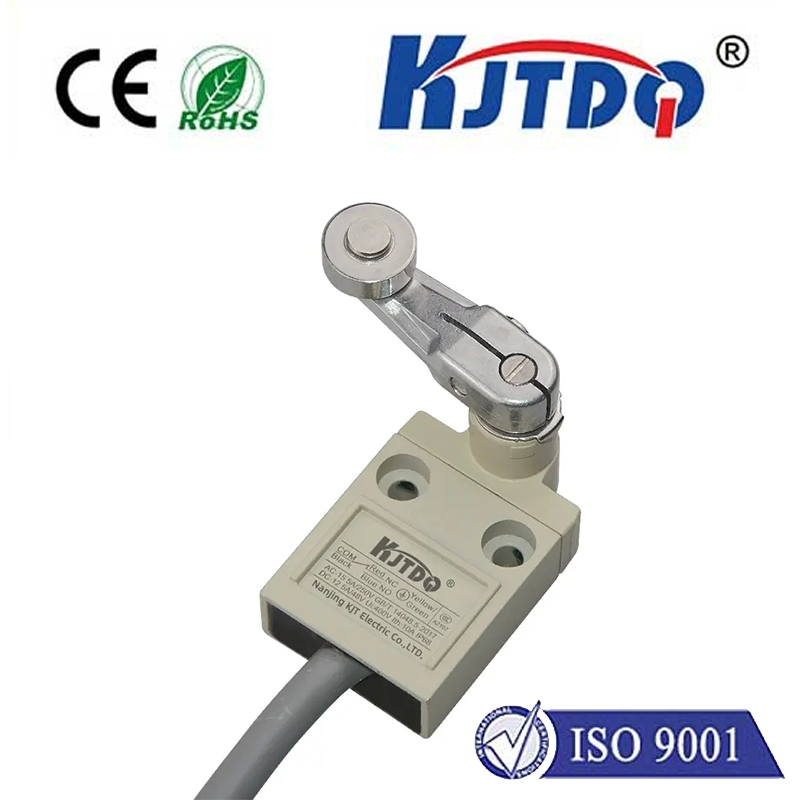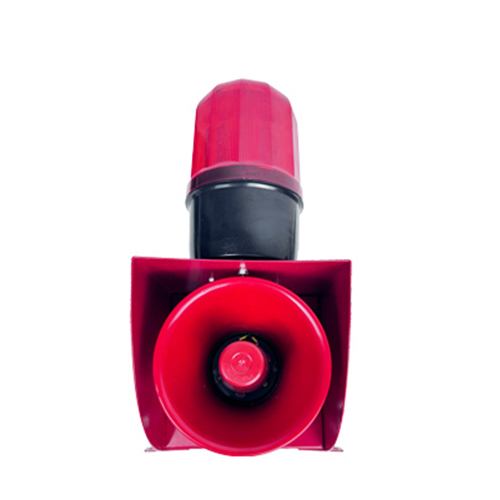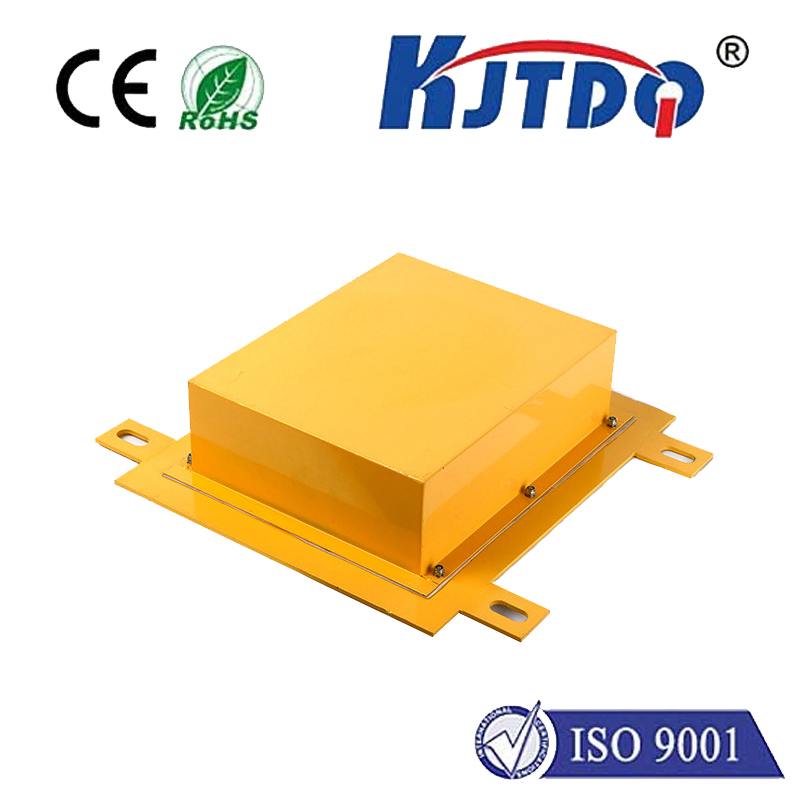

check

check

check

check

check

check

check

check

check

check
Machines blink rhythmically on the factory floor, their motion precise and relentless – until an unexpected object disrupts the flow. A missing bottle cap on a conveyor, a pallet edge out of position, an operator stepping into a restricted zone: these seemingly small events can cascade into costly downtime, product damage, or even safety hazards. Detecting objects reliably and non-intrusively is the silent guardian preventing such chaos. Enter the E3FC-BP11 2M Reflective Photoelectric Beam Sensor, a sophisticated yet remarkably straightforward solution engineered for dependable long-range presence detection in demanding environments. This sensor embodies how modern photoelectric technology delivers robust performance without complexity, making precision detection accessible across countless applications.
Understanding the Fundamentals: Reflective Beam Sensing
At its core, a photoelectric sensor like the E3FC-BP11 operates on elegantly simple physics: light is emitted, interacts with the target, and the returning light (or lack thereof) is interpreted to signal detection. The “Reflective” designation specifically refers to its operating principle. Unlike through-beam sensors, which require a separate emitter and receiver unit facing each other, or diffuse sensors that rely on light bouncing directly off the target back to the receiver housed with the emitter, a reflective beam sensor (often called a retro-reflective sensor) utilizes a specialized reflector.
Here’s how it works: the E3FC-BP11 houses both the light emitter (typically an infrared LED) and the receiver in a single compact housing. It projects an invisible infrared beam towards a corner-cube reflector. This unique reflector, often seen as a sheet of small, multifaceted prisms or beads, has the crucial property of reflecting light directly back to its source, regardless of the angle it hits the reflector. Once aligned, the sensor’s receiver continuously “sees” its own reflected beam. When an opaque object passes between the sensor and the reflector, it interrupts this returning beam path. The sensor detects this significant drop in received light intensity and triggers its output signal – a clean, digital switch indicating the presence of the object. This self-contained system simplifies installation significantly compared to through-beam sensors, as only one unit needs wiring and mounting, alongside the passive reflector.

Why the E3FC-BP11 2M Stands Out: Key Features for Reliable Performance
The “2M” in its name isn’t just a number; it signifies a core strength: a substantial 2-meter (approx. 6.5 feet) sensing range. This long-distance detection capability opens doors to applications where mounting sensors directly opposite each other isn’t feasible or where detecting objects across wider conveyors, doorways, or machinery gaps is essential. Beyond its impressive range, the E3FC-BP11 is engineered for resilience:
Putting it to Work: Versatile Applications
The combination of long range, ruggedness, and simplified installation makes the E3FC-BP11 incredibly versatile. Its reliability shines in numerous scenarios:
Optimizing Performance: Installation Tips
To leverage the full potential of your E3FC-BP11 sensor, consider these practical tips ensuring consistent and reliable operation:
Conclusion: Your Robust, Long-Range Detection Partner
The E3FC-BP11 2M Reflective Photoelectric Beam Sensor solves a fundamental challenge in automation: reliably detecting objects at distance with minimal complexity. By combining a resilient IP67 housing, a dependable 2-meter sensing range leveraging stable retro-reflective technology, and straightforward installation, it delivers consistent performance where it matters most. Whether you’re guarding a production line against jams, verifying pallet positions in a warehouse, or automating material flow across a wide area, this sensor offers a proven, cost-effective solution. Its blend of robustness, precision, and ease of integration makes the E3FC-BP11 a cornerstone component for engineers and technicians building smarter, more efficient, and more reliable automated systems across diverse industries. Discover how this essential sensor can simplify your detection challenges.
